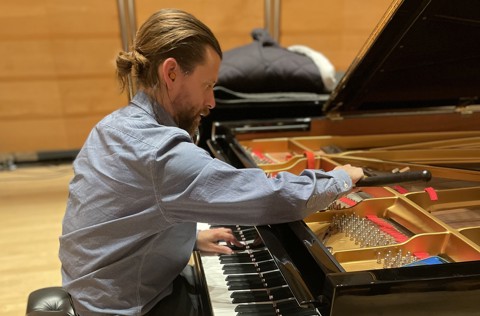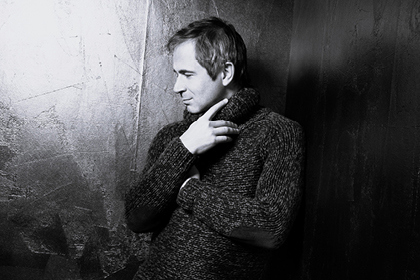Ken Hatfield has just spent two hours painstakingly stabbing the felt hammers of a client’s grand piano with a special three-pronged tool. He can do three hammers at a time, stabbing them on each side or on the top, depending on the register. There are 88 hammers in all.
It’s all in a day’s work for Ken, who is a piano technician with Theme & Variations, the Sydney-based business which looks after pianos in homes, schools, conservatoria and concert halls across Australia.
In this case, he explains to me over a cup of tea at his workshop, his aim is not so much to tune the piano but to make the sound of the piano less overwhelming in his client’s living room. Putting holes in the felt hammers mean they absorb more of the vibration, giving a softer sound.
From there, Ken goes to the Sydney Opera House to work on one of the Model D Steinway concert grands which, by contrast, need the tone and volume to fill the Concert Hall.
Then it’s on to the Opera House Studio, a cosy space where a late 19-century upright piano needs to be brought to the right pitch without losing the honky tonk sound of a saloon bar piano for the musical Calamity Jane.
Three different pianos. Three very different challenges, but each of them needing an intense level of focus from a technician to maintain their precision engineering.
‘You’ve got to embrace the obsessiveness. It’s 100% obsessive,’ says Ken.
‘Piano turning needs a certain degree of patience. I’m not a fast piano tuner. If it’s easy it might take me 45 minutes but most pianos still take me over an hour, and it’s a solid hour.’




